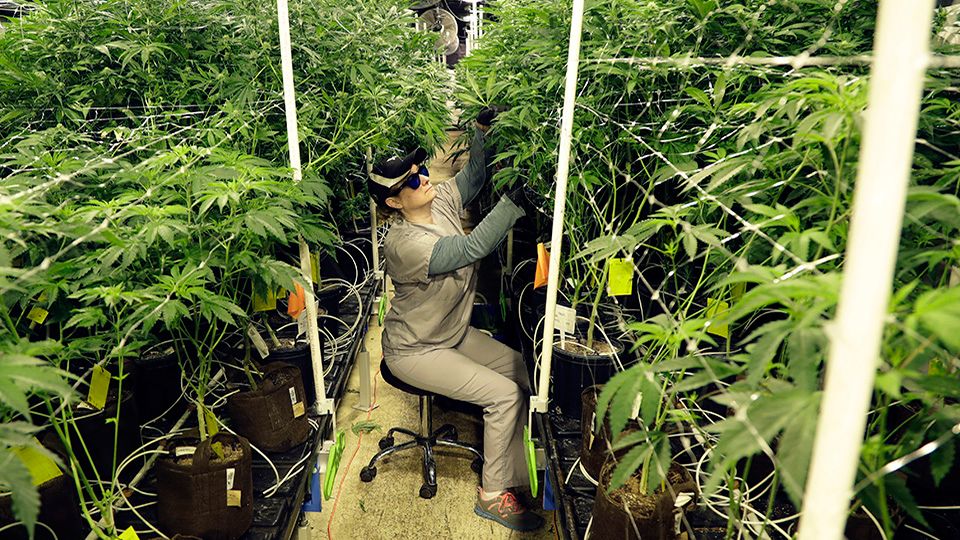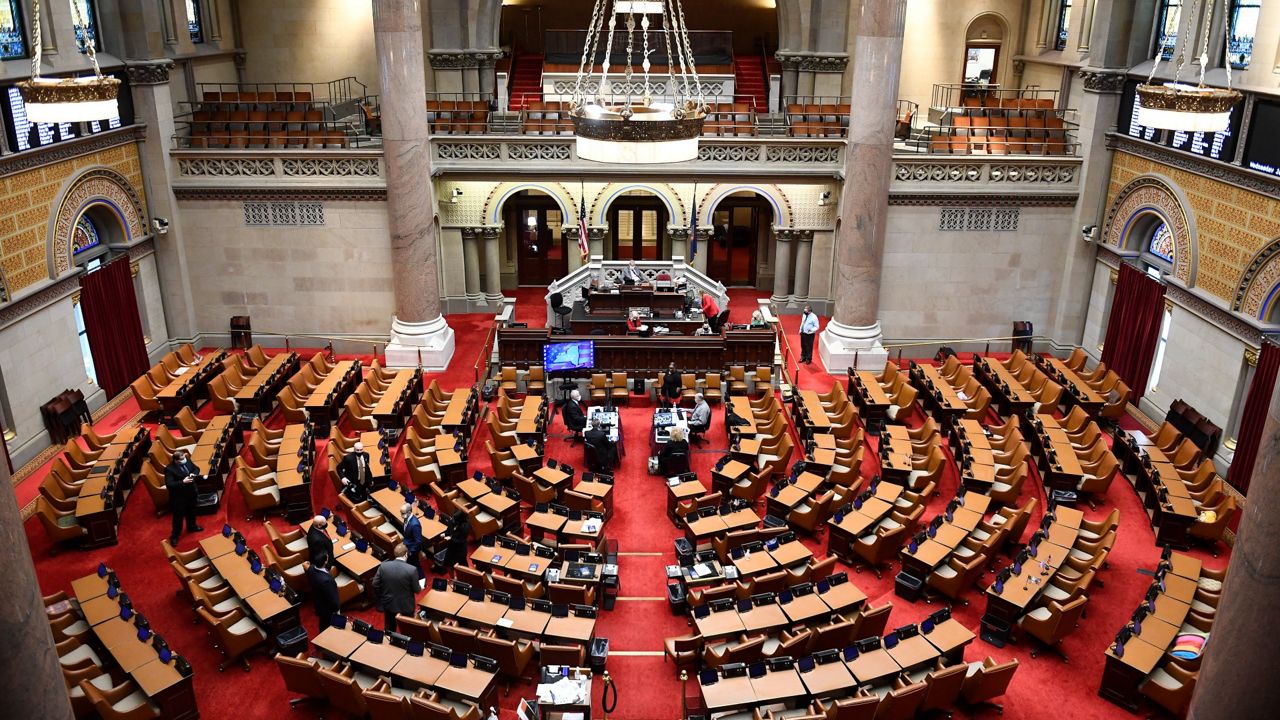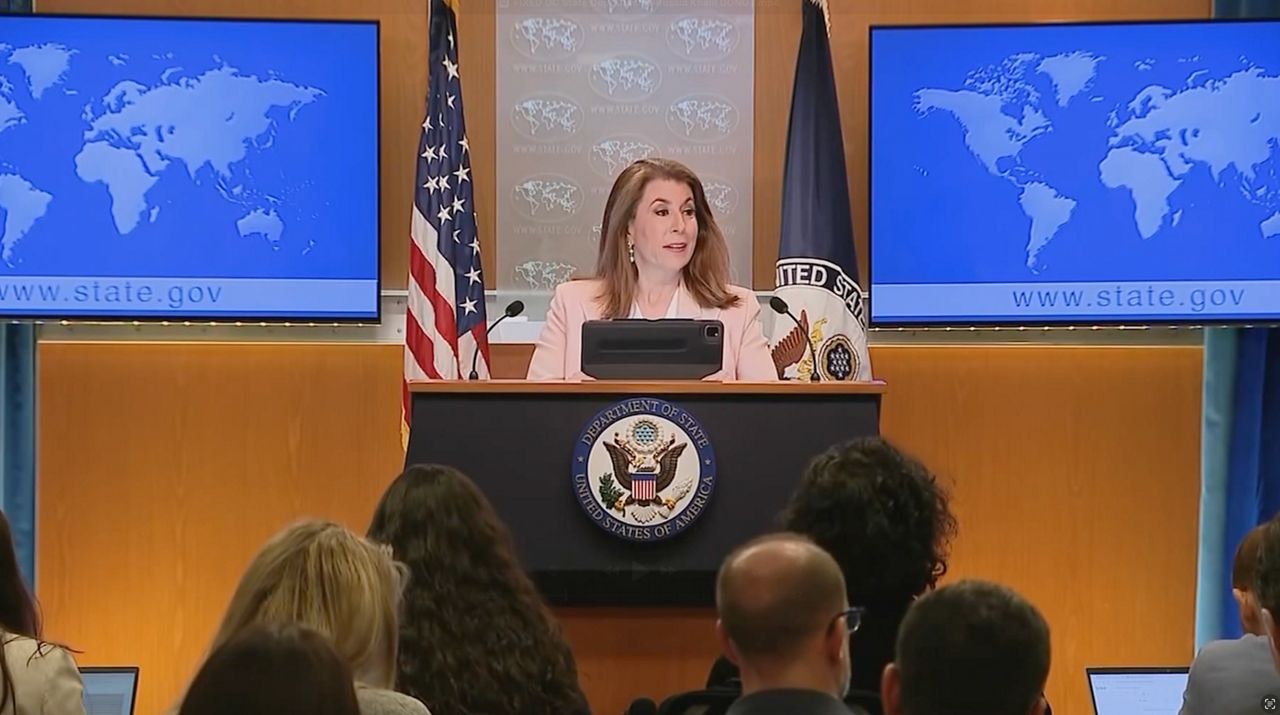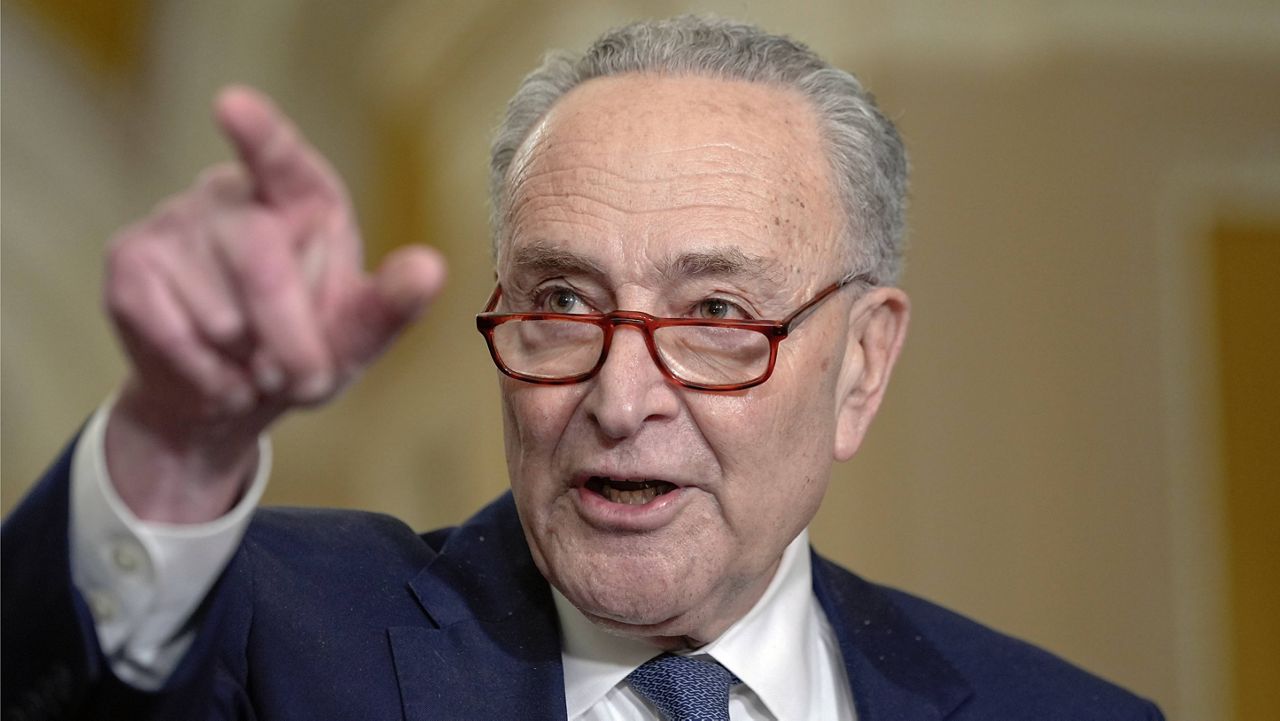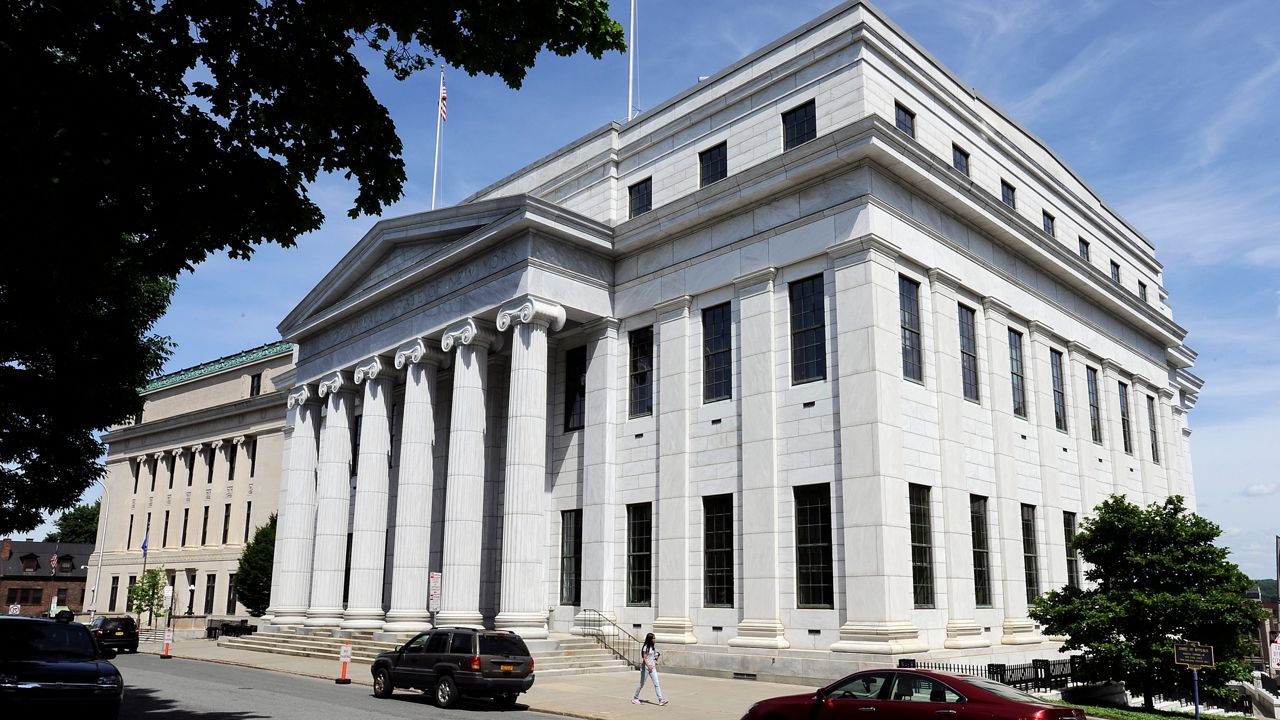Tucked away behind a 16-foot-tall fence and security gate, a somewhat innocuous gray building houses one of the state’s ten regulated organizations allowed to sell medical marijuana.
Vireo Health’s cultivation and processing facility was one of the first in New York when the state launched its medical marijuana program in 2016.
Stephen Dahmer, the Chief Medical Officer at Vireo Health says the organization went from serving the first patient in New York to being the first company to offer a delivery program.
Patients can also now be prescribed medical marijuana through a telemedicine visit and during the pandemic, Dahmer says they saw a growth in sales.
Despite the increased demand, New York’s medical marijuana landscape has evolved slowly over the past 4 years.
Now with the state eyeing legalizing adult use, industry leaders urge for an expansion to the state’s medical marijuana program.
“If we were able to sell full bud in particular, which is explicitly banned currently in New York State, we would have a reduction in the cost and processing that’s put into the plant,” Kaitlyn Nedo, the General Manager of Vireo Health explained.
New York has one of the most heavily regulated medical marijuana programs in the country.
The 16 foot tall fence was not only to protect the product, but also because state law requires that plants can not be seen from outside the building.
Regulations only allow for ten licensed regulated organizations to cultivate and process medical marijuana and each one can operate up to four dispensaries.
There are currently only 11 qualifying conditions for someone to be prescribed medical marijuana, the most broad of these would be chronic pain.
This along with the limited number of medical marijuana products allowed to be sold, are two of the biggest challenges organizations like Vireo Health face in New York.
“Our biggest challenge is the amount of products that we are able to produce, Nedo said. “It would be wonderful if we could produce more flower, but as it stands right now we can’t. It’s legally not an option. Also the amount of qualifying conditions is a challenge.
There are only so many patients that can apply.”
The state does not allow for flower nor edibles to be sold in New York. This means it costs more to process the flower into oils, vapors and rubs.
And by limiting qualifying conditions, Senator Liz Krueger says the state is also limiting patients.
“I still have doctors in New York saying my patients don’t meet the standards for prescription for medical marijuana so I tell them, have your grandkids go get some for you. I can give them morphine which will addict them and kill them eventually I can give them that no problem,” Krueger said she was told by doctors.
“That’s just ridiculous,” she said.
New York has over 128,000 patients enrolled in the medical marijuana program and generates around $125 million in sales a year, according to a recent Leafly jobs report.
However Florida, which started its program around the same time, has around 435,000 patients and generates nearly $800 million in sales annually.
“Cannabis is one of the fastest growing sectors of the economy,” Ngiste Abebe, President of the New York Medical Cannabis Industry Association explained. “Florida is one of the top ten cannabis job growth spots in the country. New York does not even make it in the top ten, because our industry is so small here.”
But now the state could be poised at passing legislation in 2021, legalizing adult-use.
Governor Andrew Cuomo in recent months has brought up the idea repeatedly as a way to increase revenue for the state, and now with New Jersey legalizing cannabis, this puts pressure on lawmakers to reach a deal soon.
If this is the case, organizations are calling on lawmakers to allow them to cultivate marijuana for both recreational and medical use.
Vireo Health has already purchased an additional lot to expand their cultivation and processing facility.
“It may not happen in 2021, but we’ll be ready for it when it does,” Nedo said.




